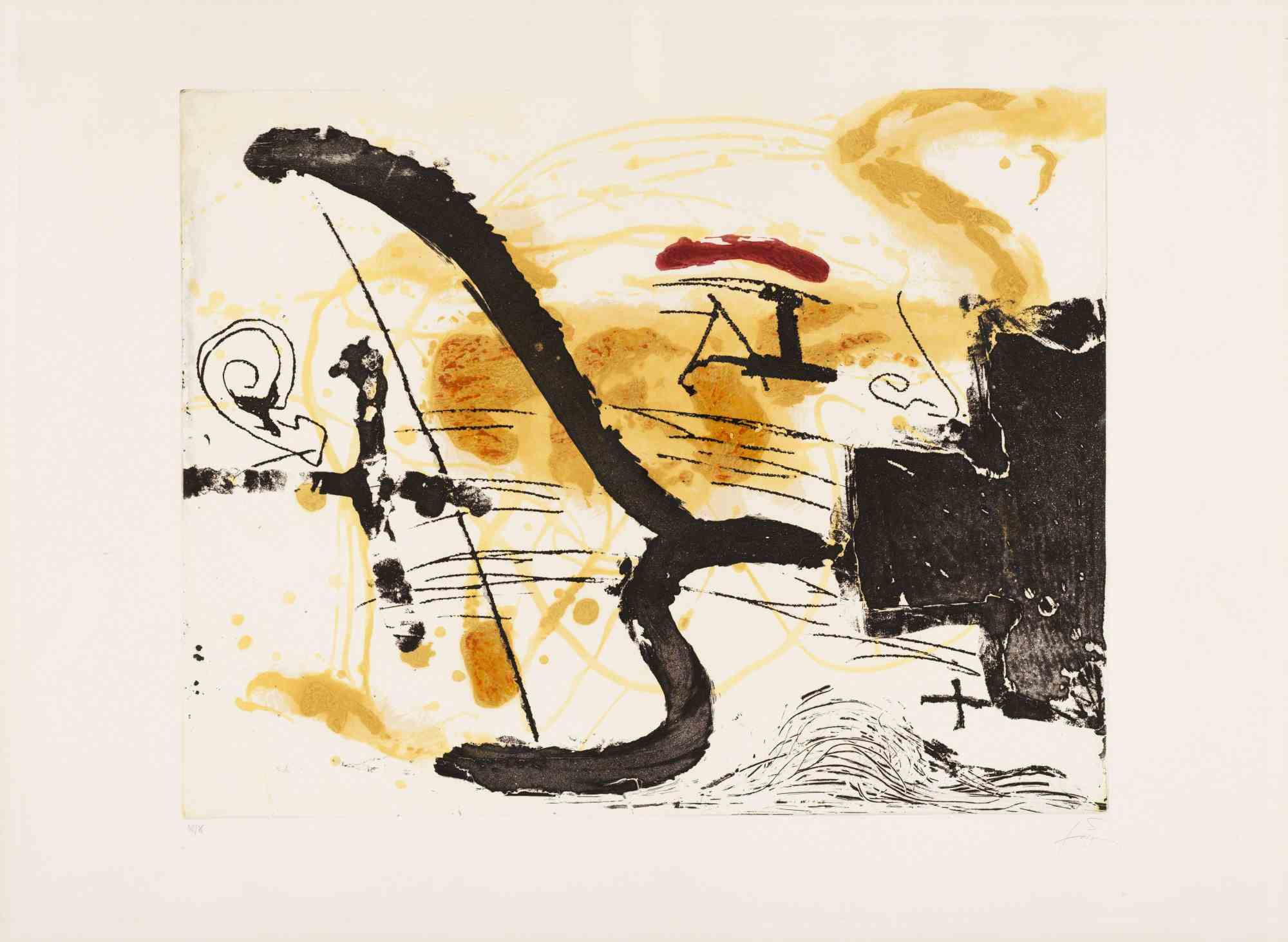
The game of matter: Burri, Tàpies, Dubuffet.
Seams, burns, bags, clothes. The 20th century is the century of materials, that becomes art. In fact, several artists understood how innovative, but also necessary, was a move towards an informal vocation and a break with the arts of the past.
Alberto Burri, (Città di Castello, 12 March 1915 – Nice, 15 February 1995)
Alberto Burri was a doctor in the Italian army during interventions in Africa. He was taken prisoner and sent to American concentration camps in Texas. He was among the first to introduce extra-pictorial and often waste elements into his works. Help arrived from America, through jute bags with the American flag on them. Burri drew inspiration from these and began to use them to build his works.

On these bags he acted with stitching and tears, gestural interventions, creating expressive masterpieces that made him one of the greatest exponents of poor and informal art of the 20th century. His art was strongly material! He moved to Rome after his experience in the camps in America, and opened a studio in Via Margutta. Since the 1960s he experienced a great phase of artistic experimentation, so much so that he also began to use other materials: wood, clothes, plastic. The plastic fascinated him a lot because he used it to tell the story of the new world he found himself in, no longer being able to represent it through his figures. Plastic has become a living image: from the transparencies of cellophane to the lava flows of black plastics, with tonal wonders, a mix of the biological and geological derived from terrible fantasies, such as war, which in those years affected the whole world. Horror aspired to become form, but also beauty.
Burri’s paintings are beautiful in their own way, even if dark and made of poor materials. The reason for his success? He did not give in to the classic academy of abstract artists nor did he abandon himself to reckless protests, but he wanted to give us an image of the world through the elements that compose it.
His passion for the material took off around the 70s with the Cretti, which take their name from the word crack. The most famous crack in the world, that of Gibellina, became the most important symbol of the artistic production of informal art and Land art.

Antoni Tàpies, (Barcelona, 13 December 1923 – Barcelona, 6 February 2012)
Among the great lovers of the subject, in the same century, was Burri’s Spanish counterpart, Antoni Tàpies.
Raised in a liberal environment, but strongly in opposition to the Franco regime, the artist has always left an almost ethical imprint on his production.
He knew how to grasp the spirituality of the materia and prided himself on not belonging to any movement.
Tàpies was one of the most important exponents of informal art, achieved through a very complex and detailed path. His relationship with concreteness and matter is very intense. In his compositions we find real objects, clothes, footprints, cement, sand, canvas, bags that tell the drama of reality itself through a great evocative force. He also introduced the symbolic element of signs, in particular that of the cross. Color acquired a particular expressive power: he preferred dark, gloomy colours, such as brown and black, the latter defined by critics as almost “proto-gothic”.

Jean Dubuffet, (Le Havre, 31 July 1901 – Paris, 12 May 1985)
Born a few years earlier and founder of so-called spontaneous art (art brut) in Le Havre, Jean Dubuffet was a protagonist of the French art of those years, also strongly attracted by materials.
Naître du matériau […] se nourrir des inscriptions, des tracés instinctifs»
Arising from the material […] nourishing itself on inscriptions, on instinctive dispositions.»
He too, like Burri and Tàpies, recounted the years of violence of the Great War, and it is no coincidence that he changed his artistic direction around 1945, founding the Brut art company together with Breton, Paulhain and Drouin. His works are spontaneous and without particular technical constructs, without aesthetic purposes, but intend to communicate emotions in an immediate way. He used a mixture of glue and paint to join together sand, gravel, rags and tar.
Unlike Tàpies and Burri, Dubuffet does not abandon the figure, but deforms it, always through the material, which is no longer just an instrument, but a real artistic creation. A closeness to the satirical approach was also noted in his production because by intentionally devaluing the image, he also satirically deformed reality.

With these brief notes on the lives of three great artists of the 20th century, we offer you some works from our repertoire, hoping to have aroused your curiosity to take hold of the thoughts of some of the great figures who, in their own way, have left their mark on art and culture.
Related artworks
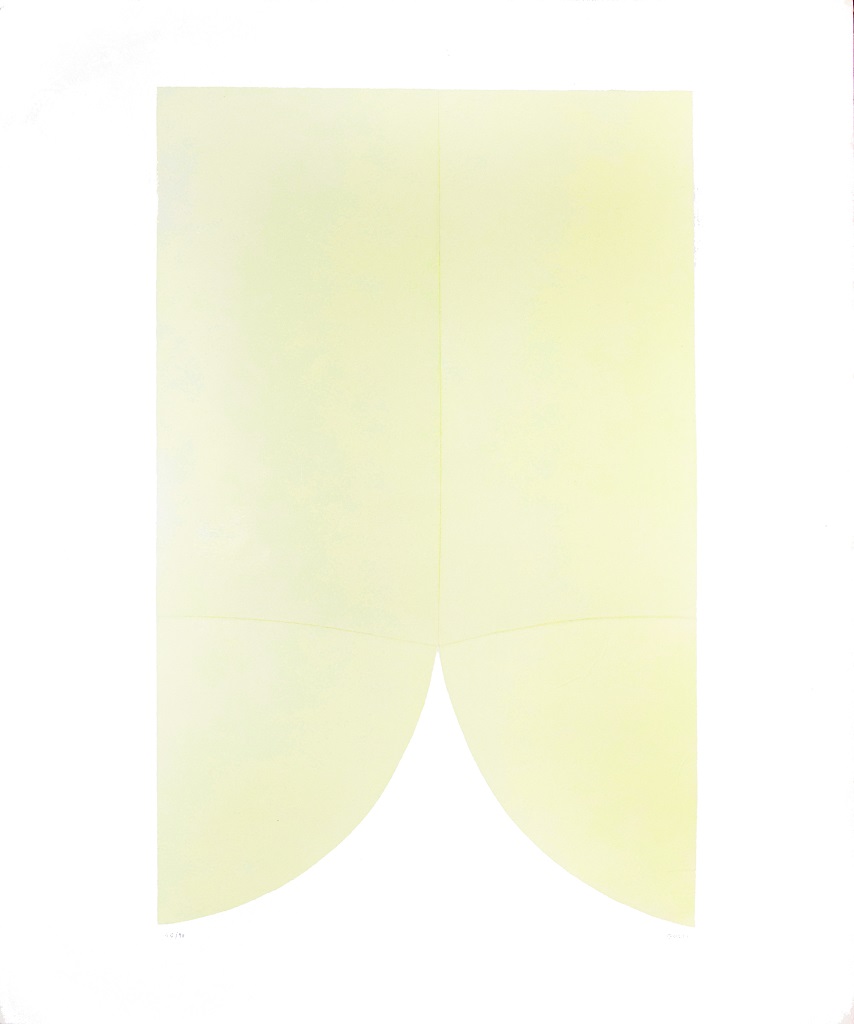
Bianchi e Neri II (Acetates) - Plate A
Alberto Burri
6000€
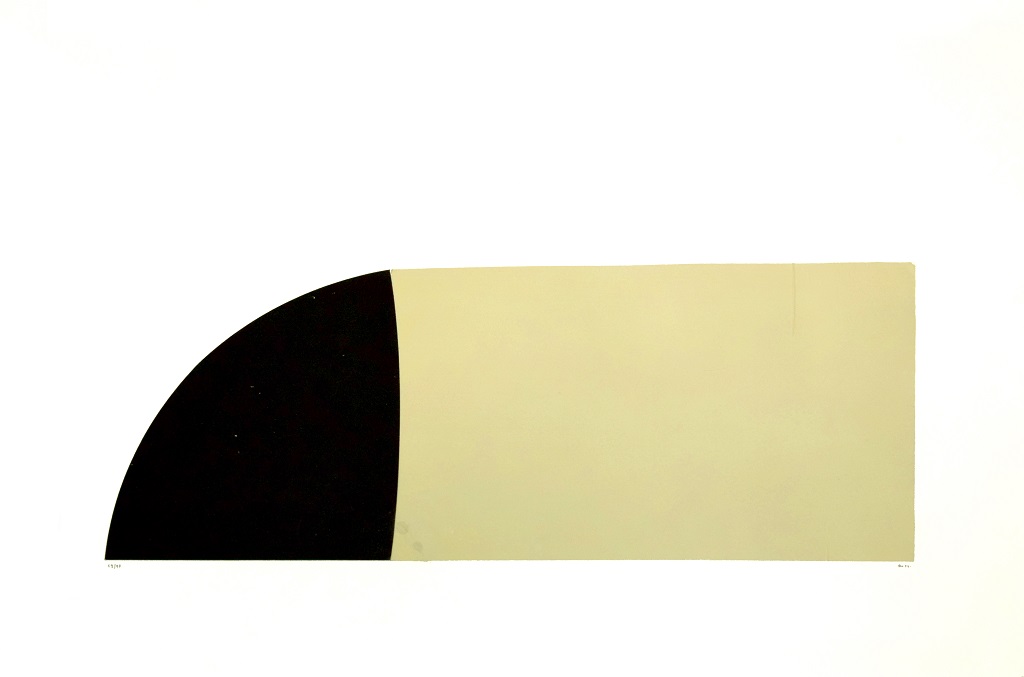
Bianchi e neri II (Acetates) - Plate F
Alberto Burri
6000€
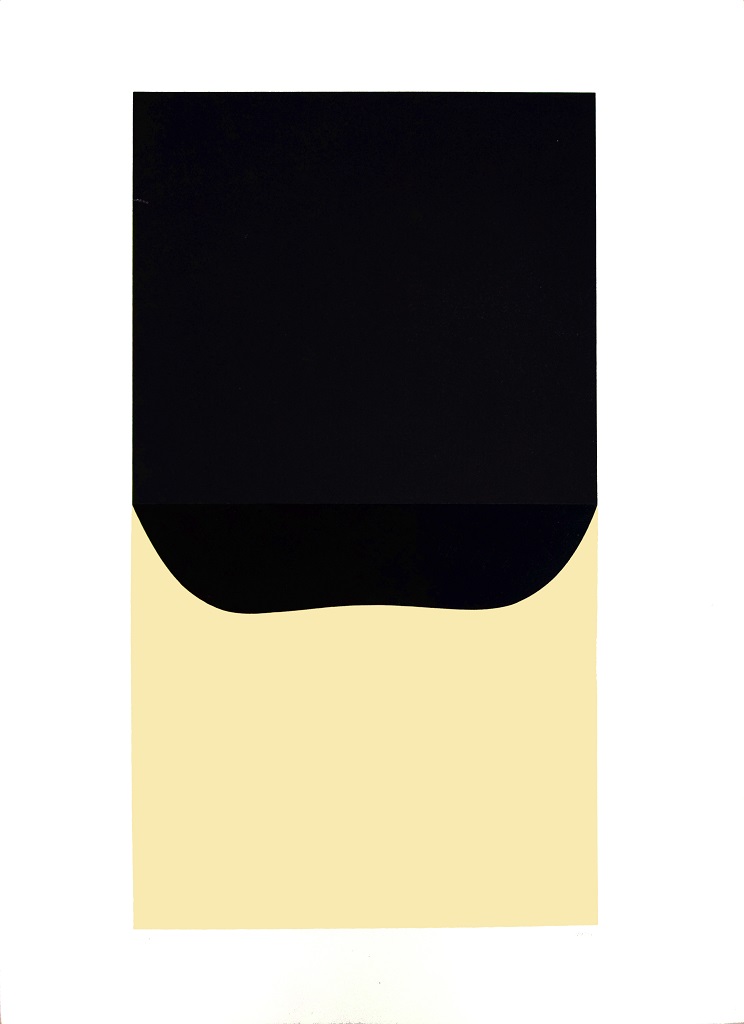
Bianchi e Neri II (Acetates) - Plate D
Alberto Burri
2800€
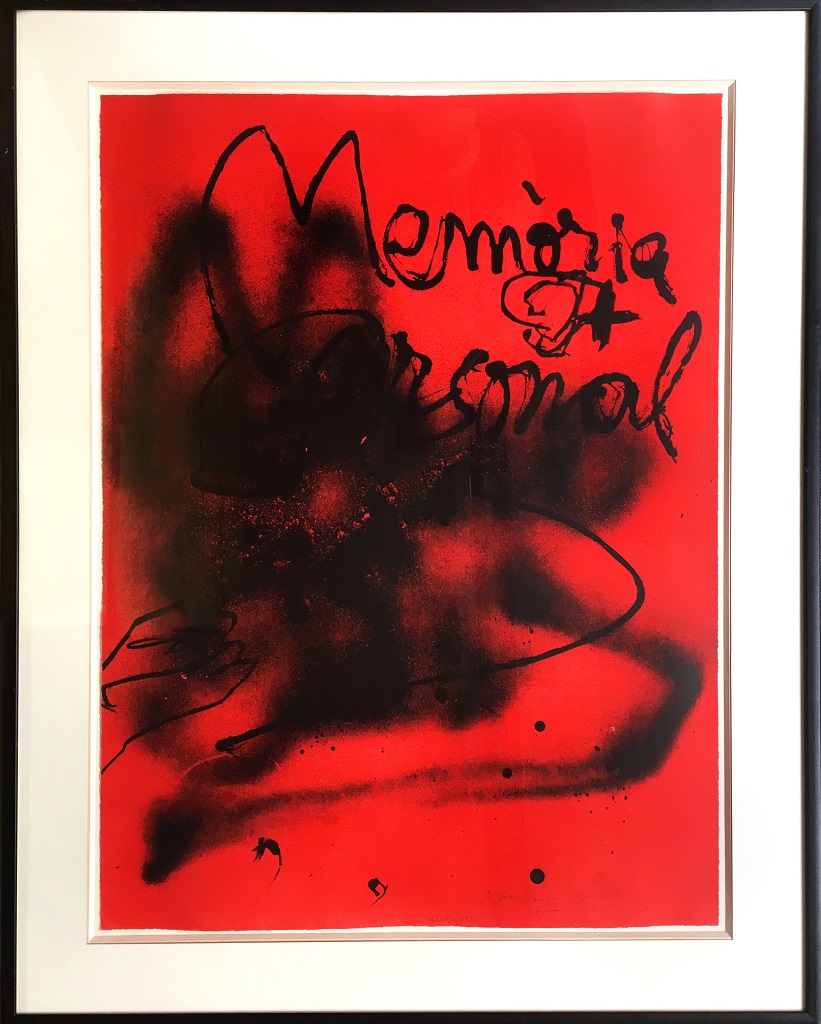
Memoria Personal
Antoni Tapies
Lithograph
2200€
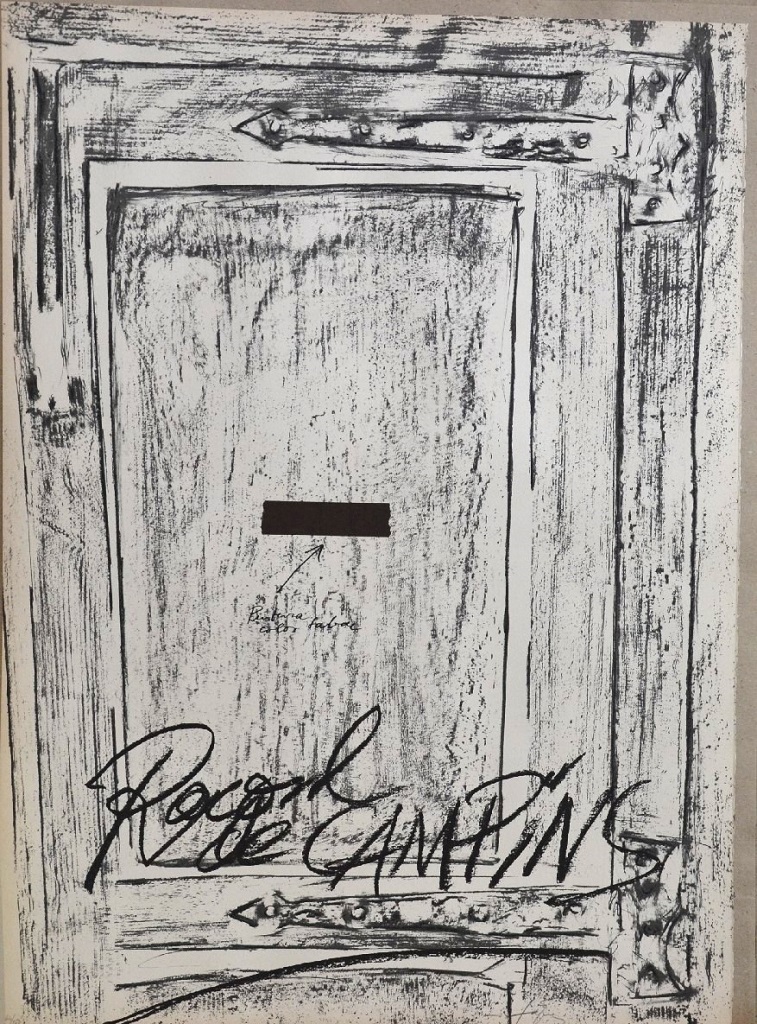
Untitled - Berlin Suite
Antoni Tapies
Lithograph
1900€
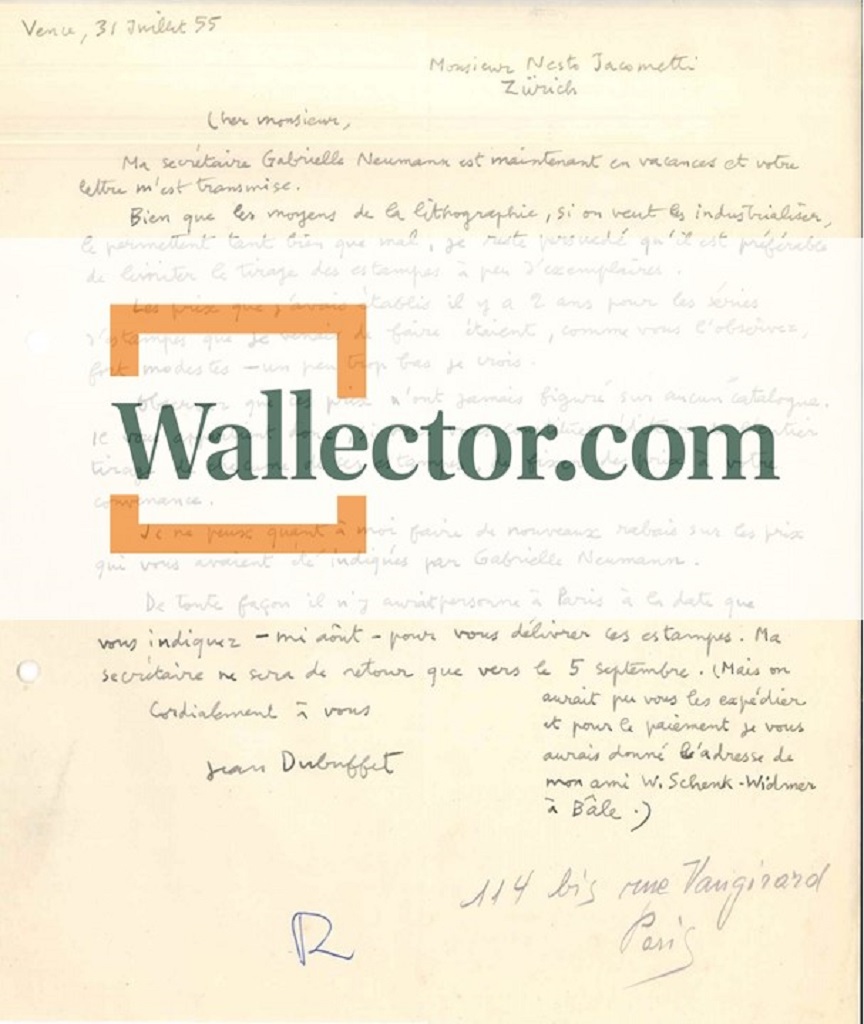
Dubuffet's Autographs
Jean Dubuffet
1955
1600€
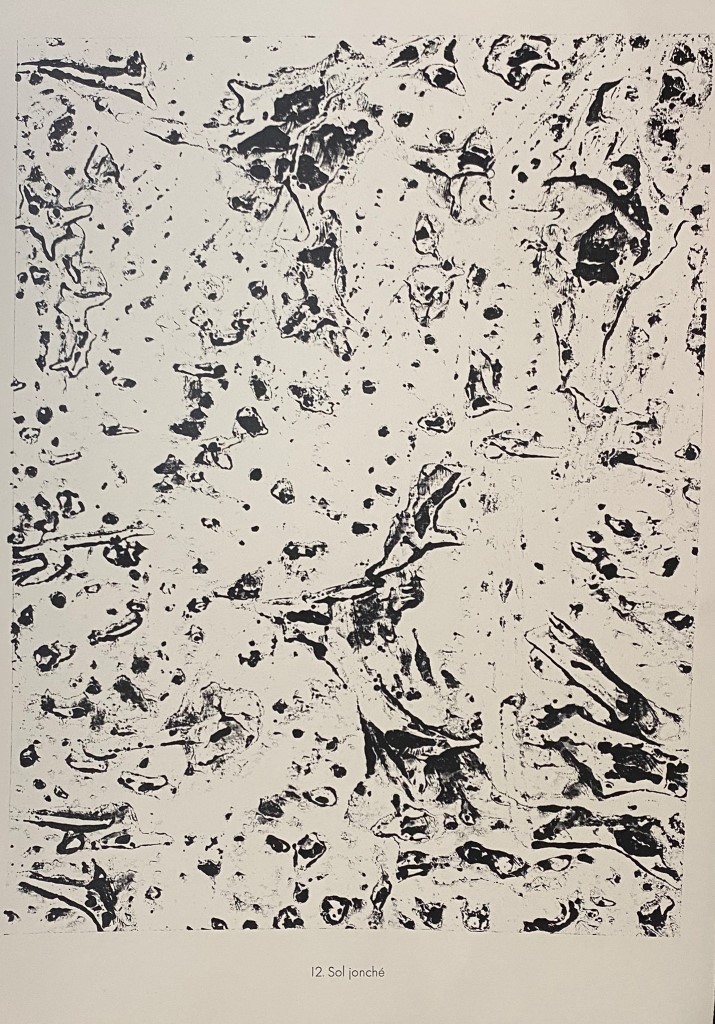
Sol Jonché
Jean Dubuffet
Lithograph
950€
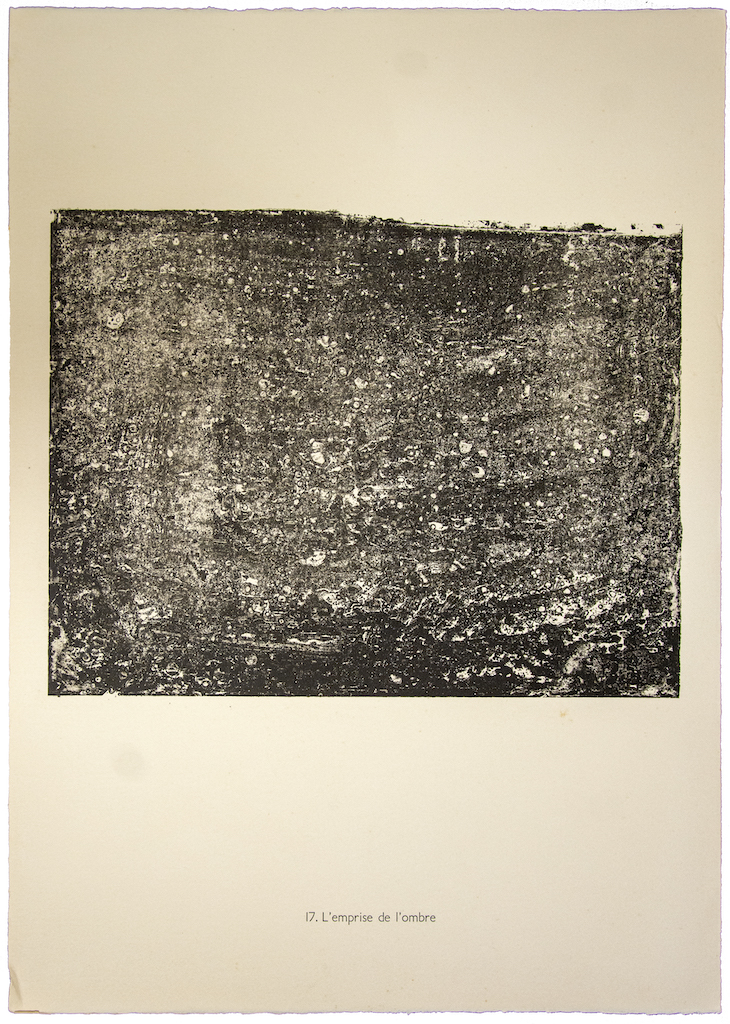
L'emprise de L'ombre
Jean Dubuffet
Lithograph
950€
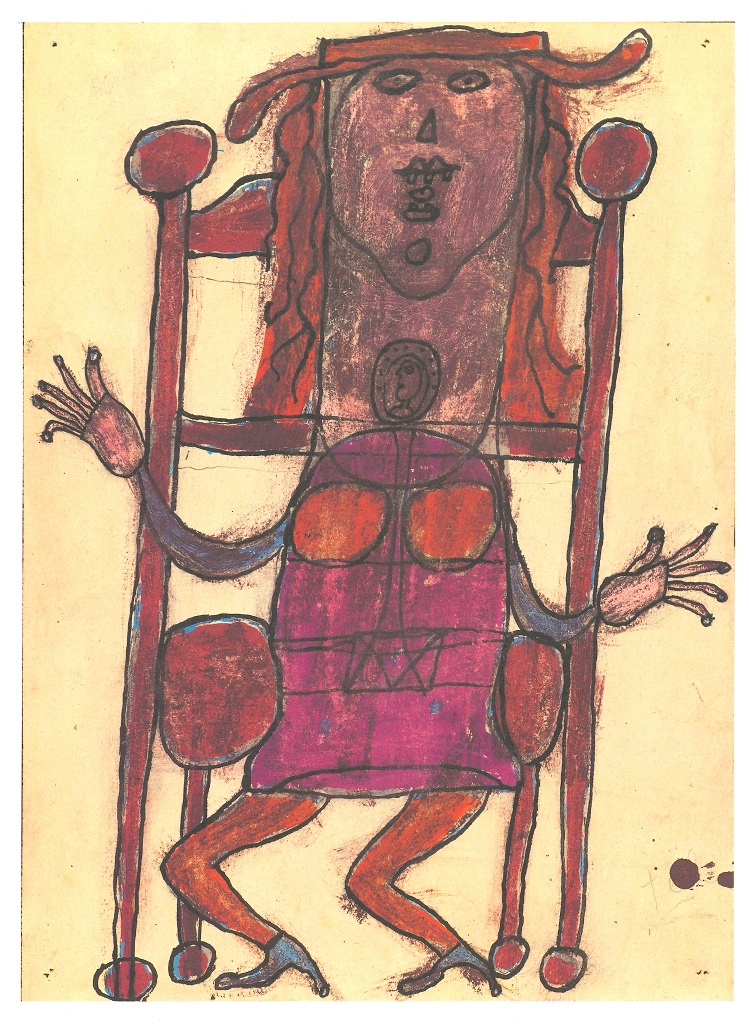
Dubuffet Composition from A même la pierre
Jean Dubuffet
Lithograph
150€
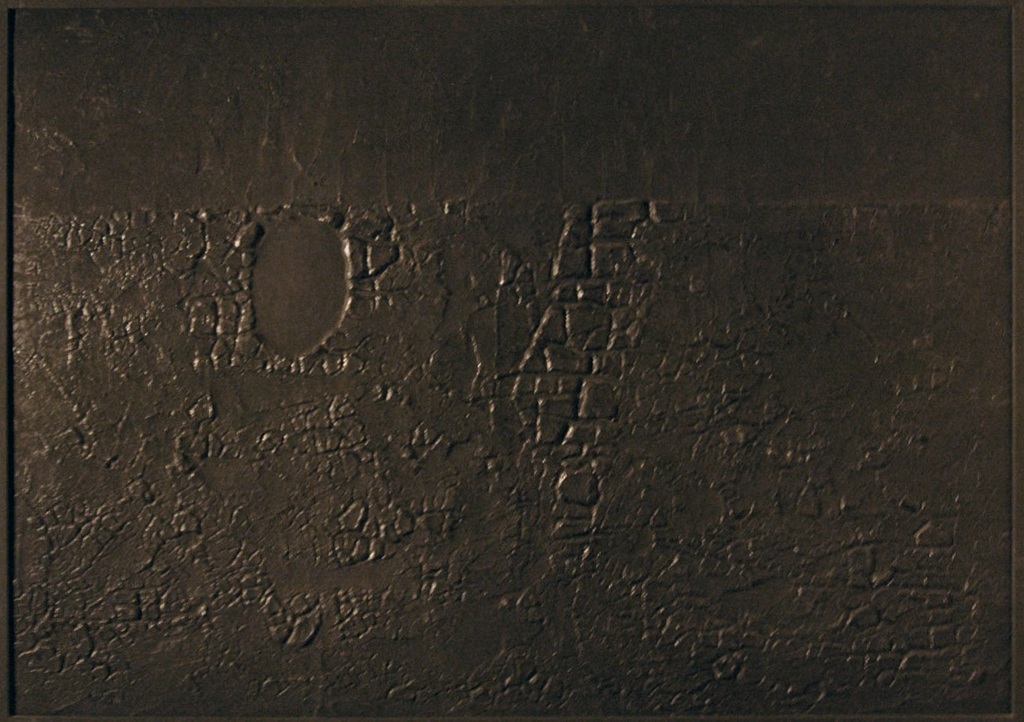
Cretto Nero
Alberto Burri
Etching
21000€
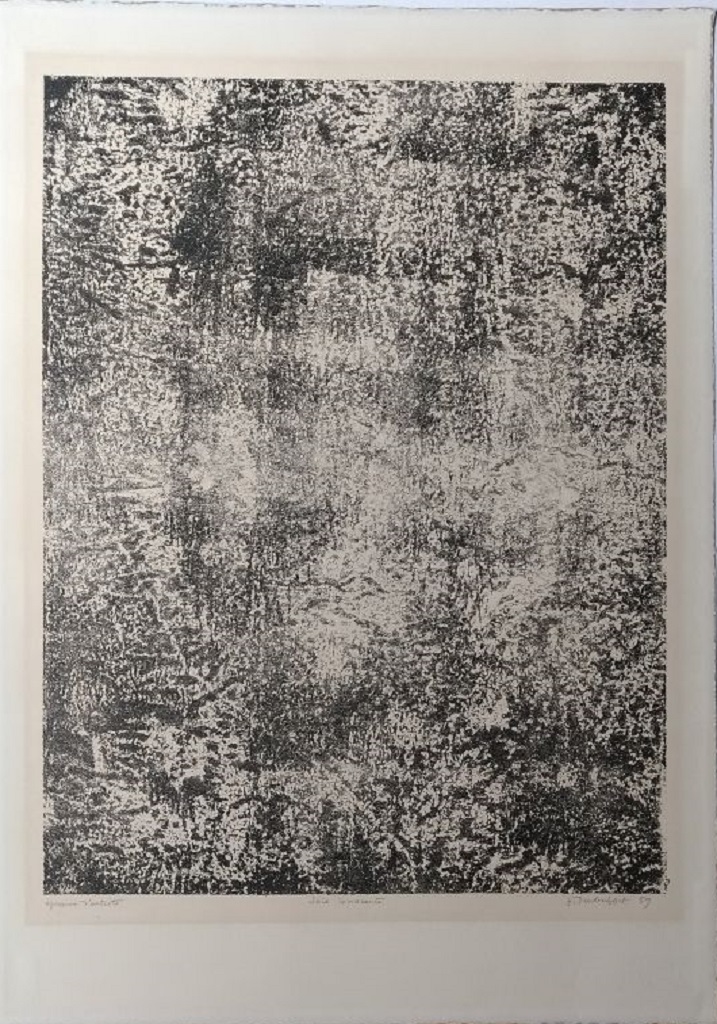
Joie Innocente
Jean Dubuffet
Lithograph
6900€
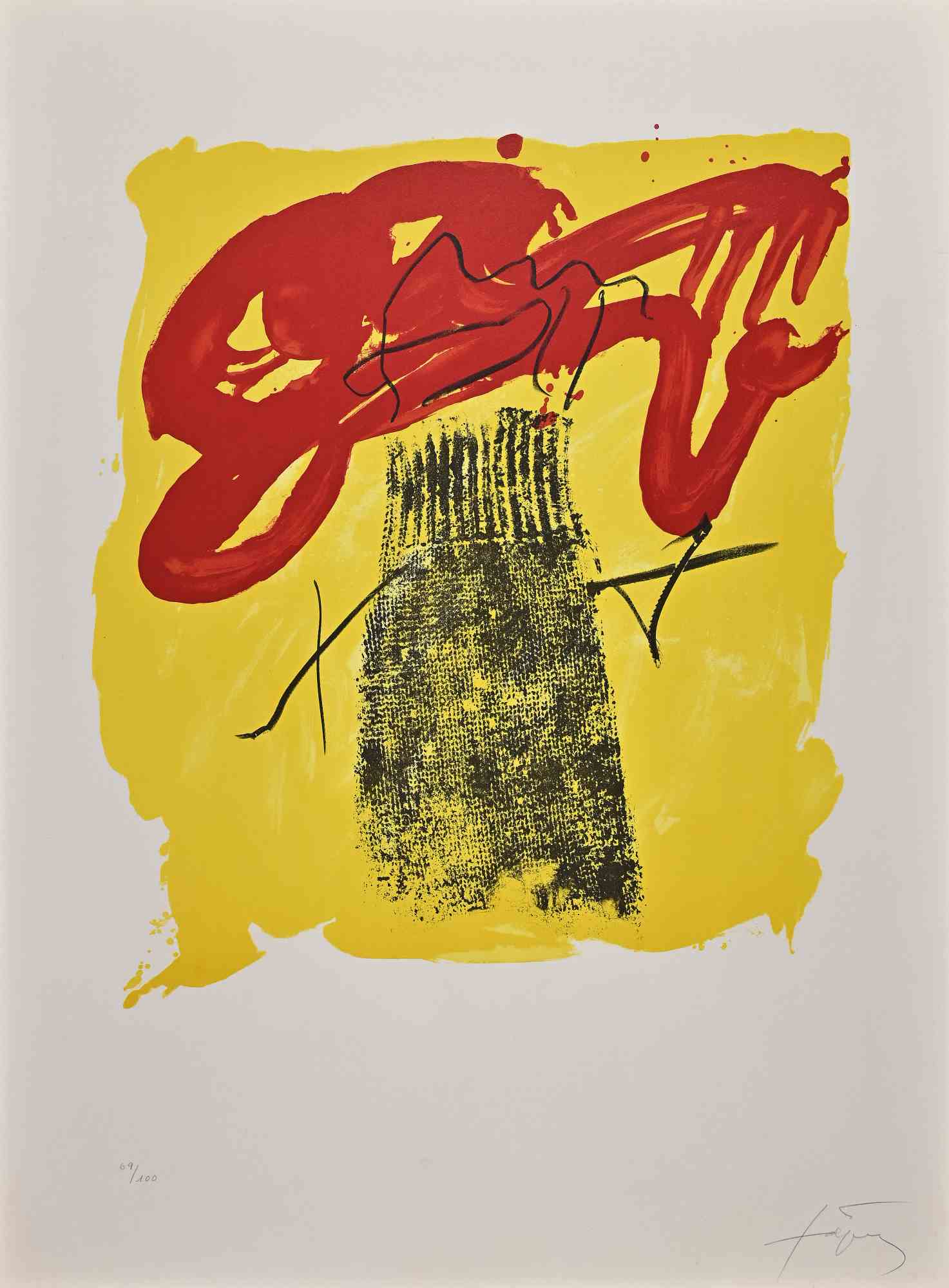
Roig I Negre. Punto 79
Antoni Tapies
Lithograph
1125€
